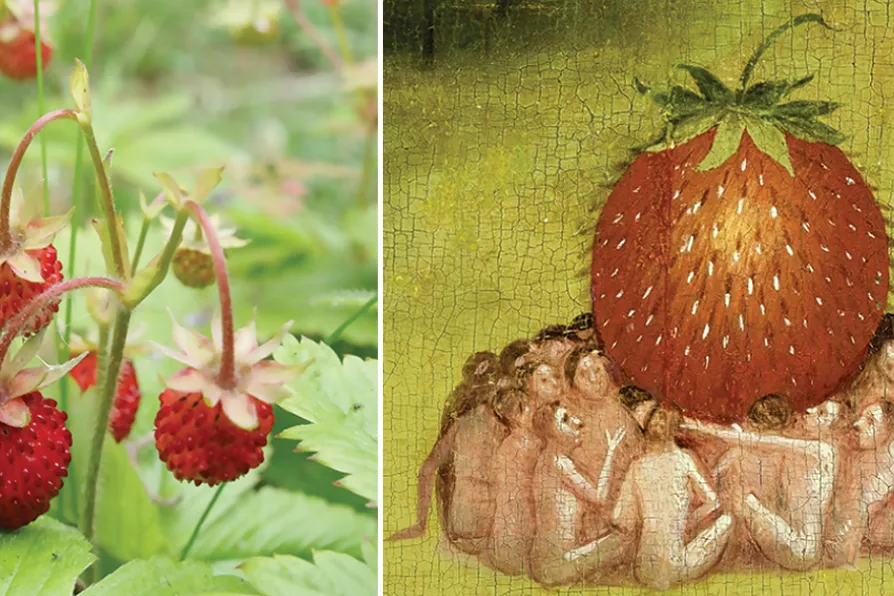RUBEN BRETT of Liberation explains why the narratives we hear about the poverty-stricken Caribbean nation are deeply misleading
Taste of the wild
MAT COWARD recommends growing Alpine strawberries, which have a stronger flavour than their larger cousins, but which are happily unappealing to slugs and birds

 (Left to right) Alpine strawberries; and a strawberry depicted by Hieronymus Bosch (1450–1516) in a section of The Garden of Earthly Delights
[(Left to right) Arvind/CC - Museo Nacional del Prado/CC]
(Left to right) Alpine strawberries; and a strawberry depicted by Hieronymus Bosch (1450–1516) in a section of The Garden of Earthly Delights
[(Left to right) Arvind/CC - Museo Nacional del Prado/CC]
MY ALPINE strawberries are cropping well this month. Admittedly, if I was trying to gather a pound of them to make some jam I would have a long job, but these mini-fruits are prized for their intense flavour, not for their weight.
They’re a different species (Fragaria vesca) from the more familiar strawberries-and-cream strawb, and have been bred over the years from the wild or woodland strawberry.
Alpines have a number of advantages over their big red cousins, quite apart from the much stronger taste.
Similar stories

MAT COWARD presents a peculiar cabbage that will only do its bodybuilding once the summer dies down

MAT COWARD rises over such semantics to offer step by step, fool-proof cultivating tips

Well, MAT COWARD did, and here’s his introduction to it

MAT COWARD battles wayward pigeons in pursuit of a crop of purple sprouting broccoli










